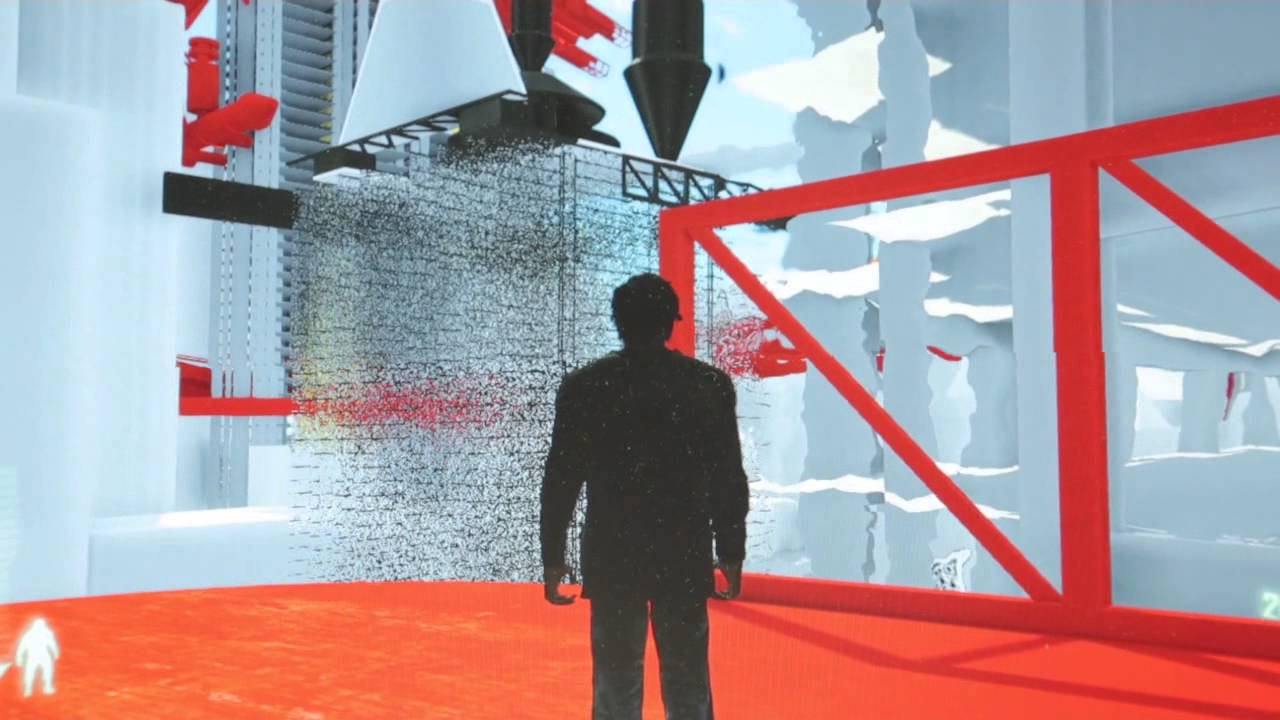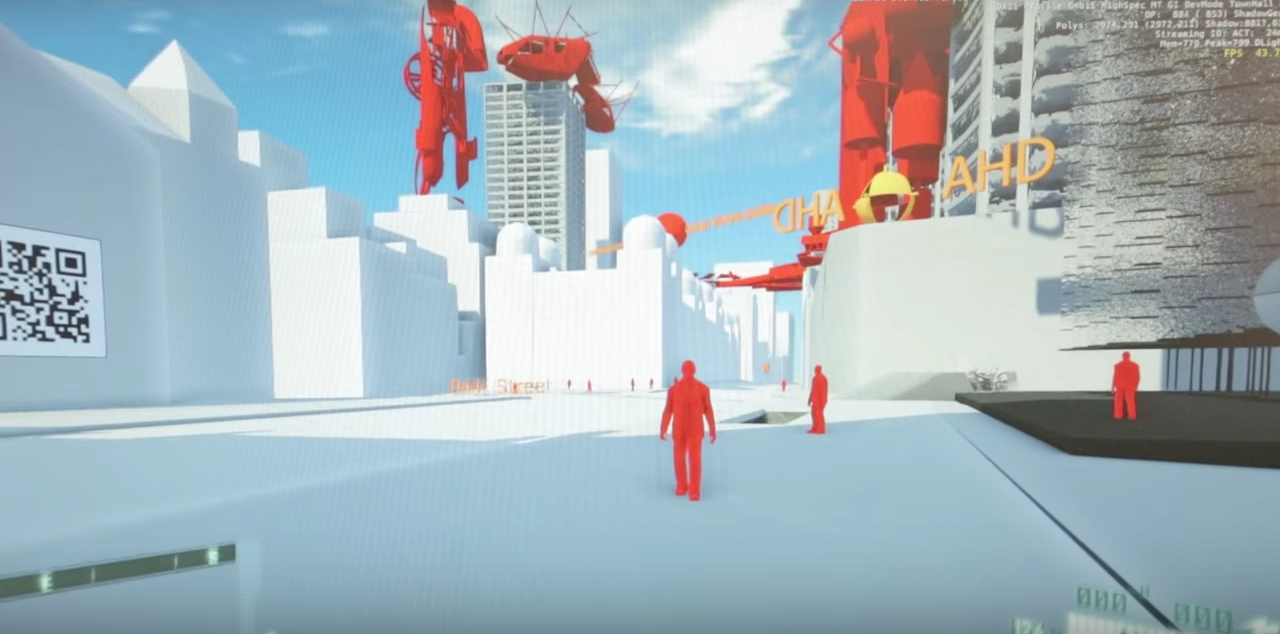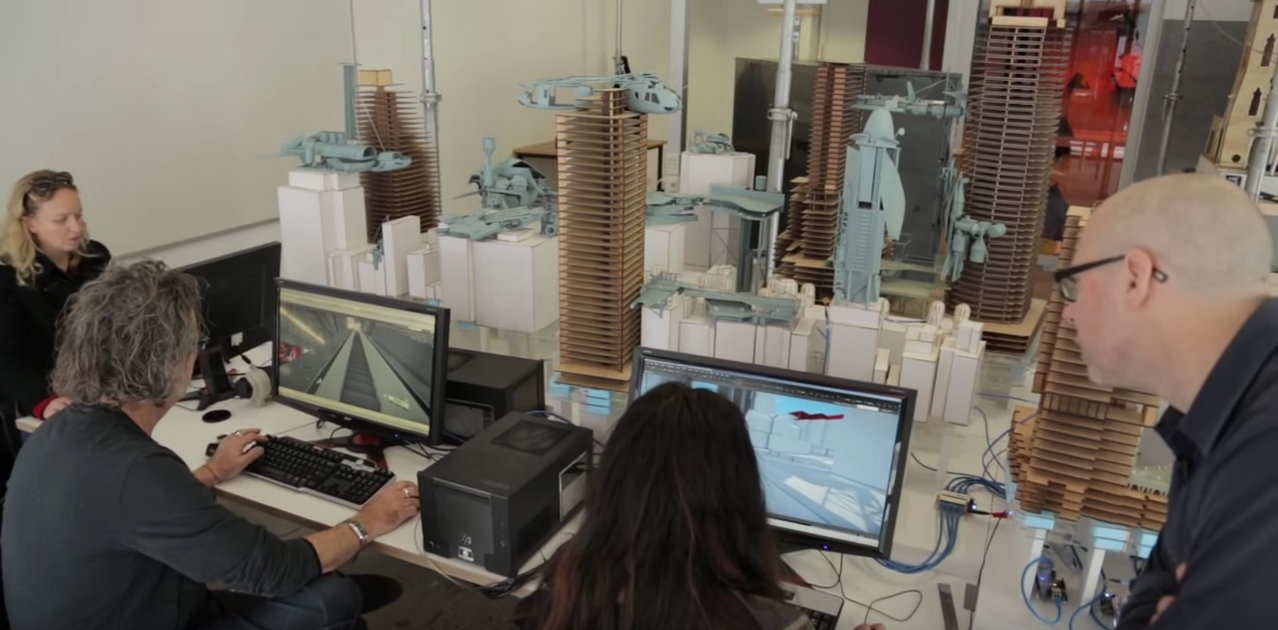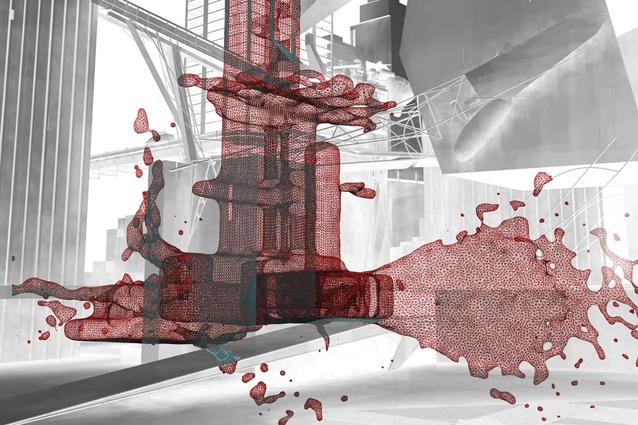Games for Cities
Modelling the Future (2013)
Sydney [AU]
Developed by:
A serious game that uses an analogue-digital modelling interface for rapid prototyping of future development scenarios for the city of Sydney, particularly concerning management around potential security crises.

Modelling the Future combines analogue and digital modelling technologies to create a realistic, live-time mapping tool for Sydneys CBD. This is a serious game, developed from a perspective of security and crisis management (for the Emergency Information Collection Unit), enabling simulation of various potential security crises that the city could be exposed to in the future. Essentially this enables city planners to plan for these events and mitigate their potential impacts on the city. While the impetus for the game came from the City’s ambitions to improve security and crisis management, the game has many other potential benefits for city planning.
For example, by digitally analysing the layers of functions within each building, it becomes possible to develop a system of networked and interconnected functions across multiple ground-planes (porosity analyses). Adaptations to transport systems or building structures can be modelled and simulated to produce various scenarios; and environmental conditions can be altered to test various climate change related weather extremes, and then distill management strategies based on these. The game represents a database of information on the City’s architecture and public space which could become an invaluable teaching tool for urban planning, or even the basis of a new ‘city-making school’, that multiple disciplines (designers, architects, urban planners) can work with in order to learn how to transform cities.
A large human-computer interface allows different people with different backgrounds to engage with each other and the same data at the same time. Modelling the Future utilises off the shelf technologies to link the physical world with the virtual environment. This employs an open-source business logic, which allows other game designers to plug into, and expand on, the game’s potential uses (adapting it to other cities for example). The game designers believe that the it offers the most potential as a learning tool, and should therefore be kept in the hands of the University of Sydney.


